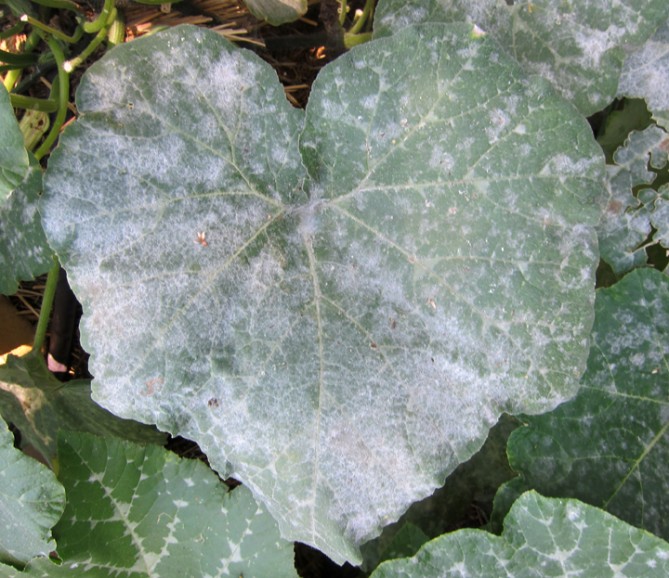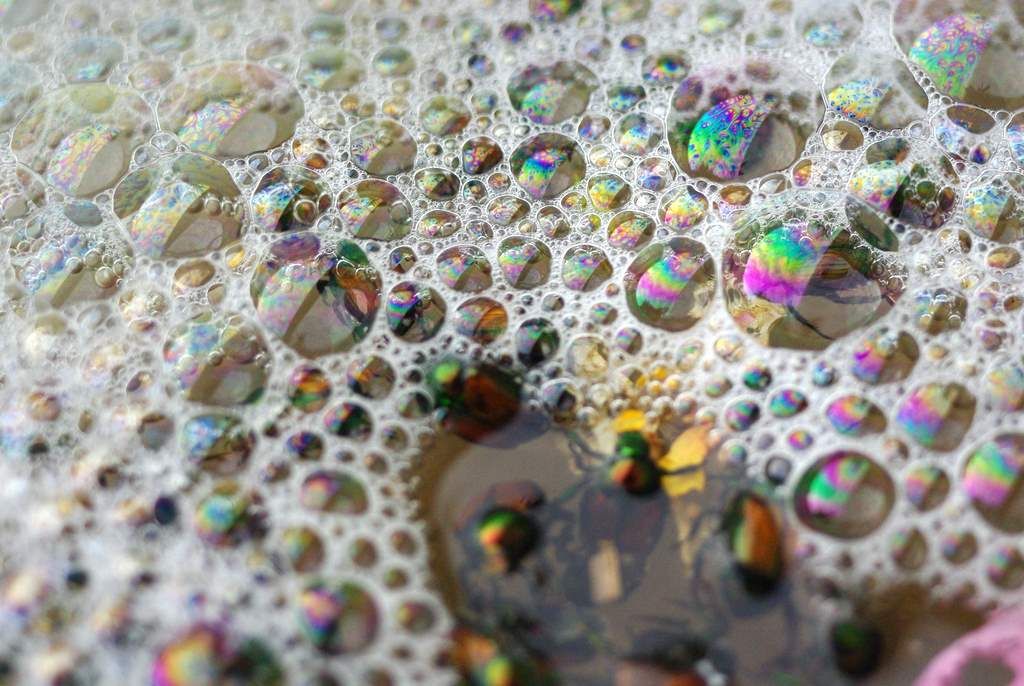It's just about July, and people are beginning to ask -- can I still plant... beets, cucumbers, squash?
The quick answer -- yes. If you view gardening as an experiment, and you acknowledge that the only consistency about our weather this season has been its inconsistency, then this answer is the right one.
However, there are guidelines for what to plant when -- and a terrific app.
First, what to plant now. I'm going to hit the basics. Here's what the When to Plant app (from Mother Earth News) told me:
Arugula, lima beans, pole beans, beets, bok choy, borage, cabbage, carrots, celery, chili peppers, Chinese cabbage, chives, cilantro, collards, dill, endive, fennel, kohlrabi, lettuce, mache, okra, parsley, peas, peppers, pumpkins, radicchio, radish, soybeans, spinach, summer squash, Swiss chard, tatsoi, tomatillos and zucchini.
Here's what my experience tells me about this list:
- Arugula, lettuce, peas, and spinach need partial afternoon shade, to full afternoon shade. Otherwise, these guys will bolt (go to flower and get bitter). I find peas don't handle August temperatures well, so I almost never would grow them now. Lettuce would be a good thing to tuck on the east side of big, bushy tomato plants, or under a squash/cucumber trellis.
- Swiss chard, collards, tatsoi, and mache are great greens for handling the heat of August.
- Spring radishes are slightly sweeter than mid-summer-planted radishes, but I always have radishes growing in my garden because they come up so quickly and act as row markers.
- We haven't (knock on wood) had a terrible year with cucumber beetles, so I'm still going to put summer squash, winter squash (not on the list above) and cucumbers (also not on the list) in the soil. Worth a shot, and I already have the seeds. I might even try transplants of these usually not transplantable veg because they're on the sale. Which brings me to #5.
- Nurseries are putting their veg and herb seedlings on sale. This is a great time to pick up more pepper, eggplant, tomato and herb plants to fill out your garden. Whole Foods usually stops selling seedlings on July 4th, so if that's your choice of vendor, head there quickly.
- Not to repeat #5, but really, THIS IS MY FAVORITE WEEK TO BUY PLANTS. I've spent several years growing mostly donated seedlings -- all put in the ground on Independence Day -- and they've always done well. I'm heading out today to see what I can pick up to round out the demo plot -- heading to Lurveys, Pesches, Whole Foods and Chalet.
So this is a screenshot from my phone using the When to Plant app. I purchased this app a year ago, and it's been invaluable. The app figures out my location and gives me options about what info I want to see. I clicked on "Plant Now" and got this list.
In the list, you can see an arrow on the right. When you click on that arrow, you get more info on the individual plant. For example --

The following is a screenshot from the in-site guide on motherearthnews.com.
KEEP IN MIND: different guidelines may not agree as to when something should be planted. This is ok -- this is life. Take each recommendation with a grain of salt, and as you continue to garden, you'll develop experience and confidence in working with differing recommendations.
Check out the iphone app
here -- it's $1.99 and for Apple products. However, Mother Earth News' interactive guideline (picture just above) is free and available
here.
** Quick note: I am not paid to promote Mother Earth News, Apple products, or, gee, anything. I get excited about stuff that makes gardening easier, and I like to share it with you.





















 409409 - Jars, Jams & Jellies - August 5, 6-8pm ($30 for residents, $37 for non-residents)
409409 - Jars, Jams & Jellies - August 5, 6-8pm ($30 for residents, $37 for non-residents)